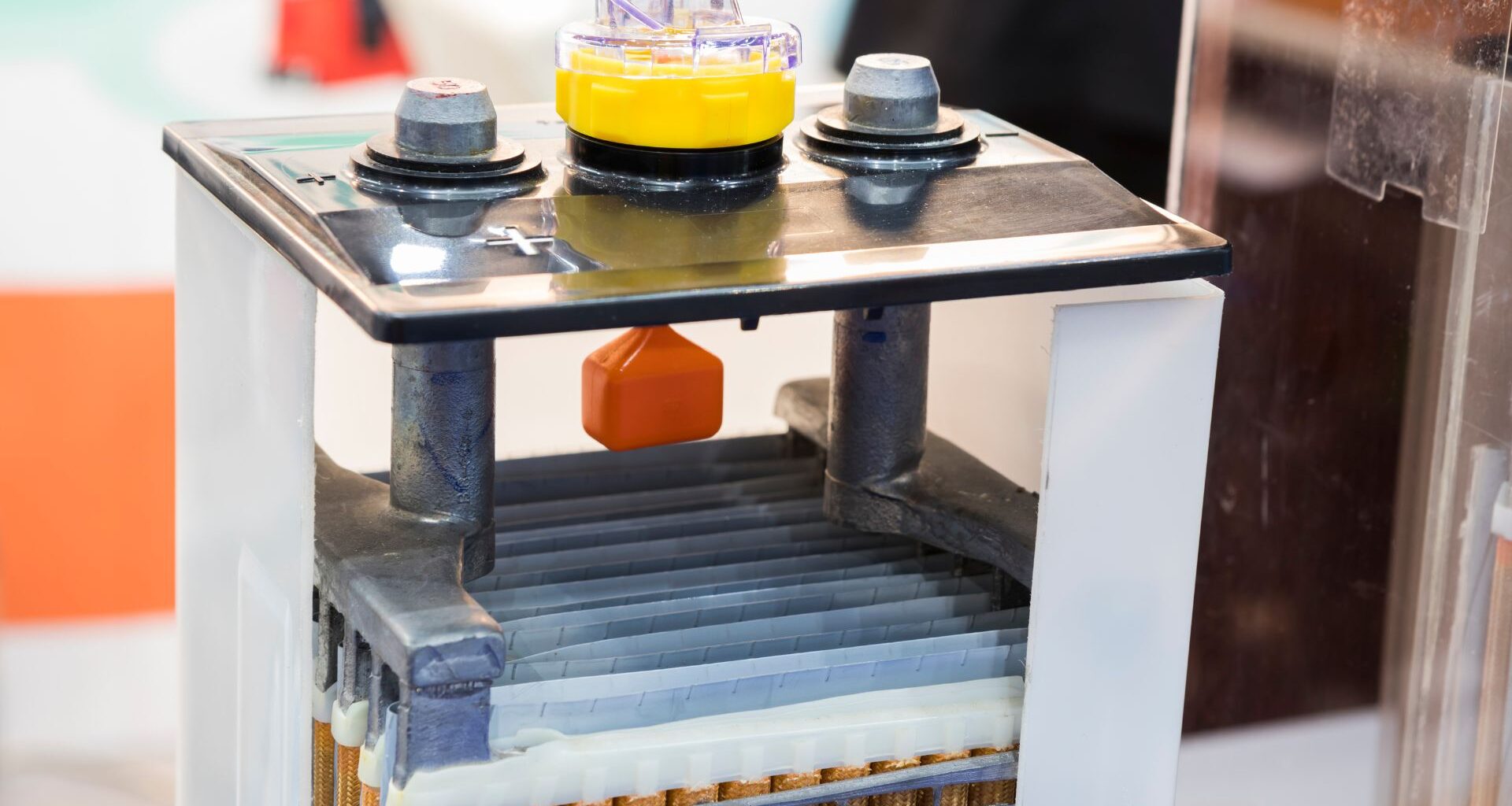Scientists in China have announced a breakthrough in redox flow battery (RFB) technology by achieving an 87.9% energy efficiency and a cycling life of 850 cycles.
This addresses critical limitations in existing polysulfide-iodide–based redox flow batteries (SIRFBs) and could lead to widespread adoption of this promising energy storage solution.
“The derived SIRFB achieved an energy efficiency of 87.9% at 20 mA cm-2, which is higher than that of the reported CoS2/CoS (71.6%), Cu2CoGeS4 (77.2%), Cu7S4 (78.5%), CuFeS2 (79.6%),” said the researchers in a new study.
The scientists from Wenzhou University and Guangxi University tackled the challenge of slow reaction kinetics and limited lifespan in SIRFBs by designing a novel catalytic electrode.
Creating novel catalytic electrode design
The research team utilized a two-dimensional molybdenum disulfide (MoS2) nanosheet, which was enhanced with single atoms of cobalt (Co) and sulfur vacancies (SVs). Subsequently, they created a material they termed CoSA-VS/MoS2.
They focused on overcoming the challenges posed by the multistep charge transfer reactions within the S2-/Sx2- and I–/I3- couples.
“The multistep charge transfer reactions within the S2-/Sx2- and I–/I3- couples on electrode results in elevated polarization resistance and poor kinetic reversibility, which induce slow adsorption behavior, limited operational lifespan, and diminished energy efficiency, thereby impeding the widespread adoption of SIRFBs,” explained the team.
This new design effectively optimized the interface electronic structure, boosted reactant adsorption capacity, and accelerated the kinetics of the S2-/Sx2- and I–/I3- redox couples.
“Consequently, CoSA and Vs sites synergistically optimized the interface electronic structure, promoted the reactant adsorption capacity, and accelerated the kinetics of S2-/Sx2- and I–/I3- redox couples, simultaneously,” the researchers noted in the study.
Testing shows remarkable performance
The resulting SIRFB demonstrated a remarkable energy efficiency of 87.9% at 20 mA cm-2. This significantly surpasses the performance of other reported materials.
Further testing revealed a peak power density of 95.7 mW cm-2 and an average energy efficiency of 76.5% at 30 mA cm-2 over 50 cycles.
Notably, the battery maintained stable operation for approximately 850 cycles at 10 mA cm-2 with a 10% state of charge (SOC) and exhibited a low overpotential of 113 mV at 20 mA cm-2.
The team also highlighted the battery’s resilience, noting that the initial energy efficiency of 93.1% could be nearly fully restored by refreshing the electrolytes after 200 and 600 cycles.
“Signally, the initial EE of 93.1% could be almost fully recovered after refreshing the electrolytes (200th and 600th cycles),” highlighted the scientists.
Robust energy storage solutions
This development signifies a major advancement in RFB technology. It promises more efficient and durable energy storage solutions for various applications.
This could have significant implications for the deployment of renewable energy sources, which require robust and efficient energy storage solutions.
“This work presents ingenious and resultful tools to explore high performance single-atom doped MoS2 for sundry advanced SIRFBs application, and more memorably, gains insights into the polysulfide/iodide chemistries,” concluded the researchers.
